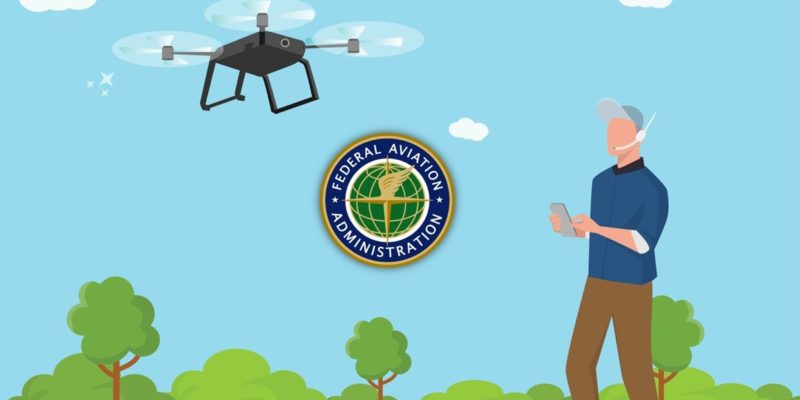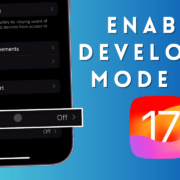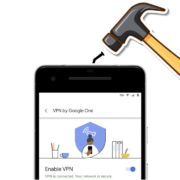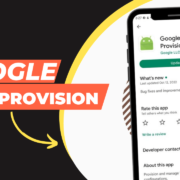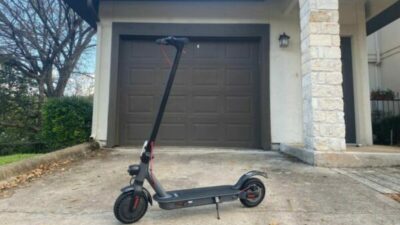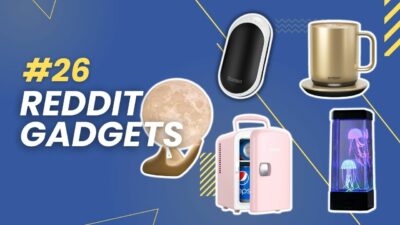One of the most important questions on everyone’s mind is, do you need a license to fly a drone?. According to U.S. Federal Aviation Administration (FAA) flying a drone is legal in the U.S.
However, you must register your drone with the FAA, whether you plan to fly just for fun or commercially and follows Rules and Regulation for flying a Drone in the USA.
The FAA also requires a mandatory knowledge test every recreational pilot legally needs to complete, Known as “TRUST”, The Recreational Unmanned Aircraft Systems Safety Test.
The TRUST test is free, and it’s easy to pass at once. The FAA plans to start issuing $1,000+ fines for those not complying with Drone Rules and Regulations. Hence, you now need to carry a test completion certificate and you need a license to fly a drone, even for having fun.
Here’s a brief introduction towards New Laws for flying a drone in the USA.
Table of Contents
How to Register a Drone with FAA
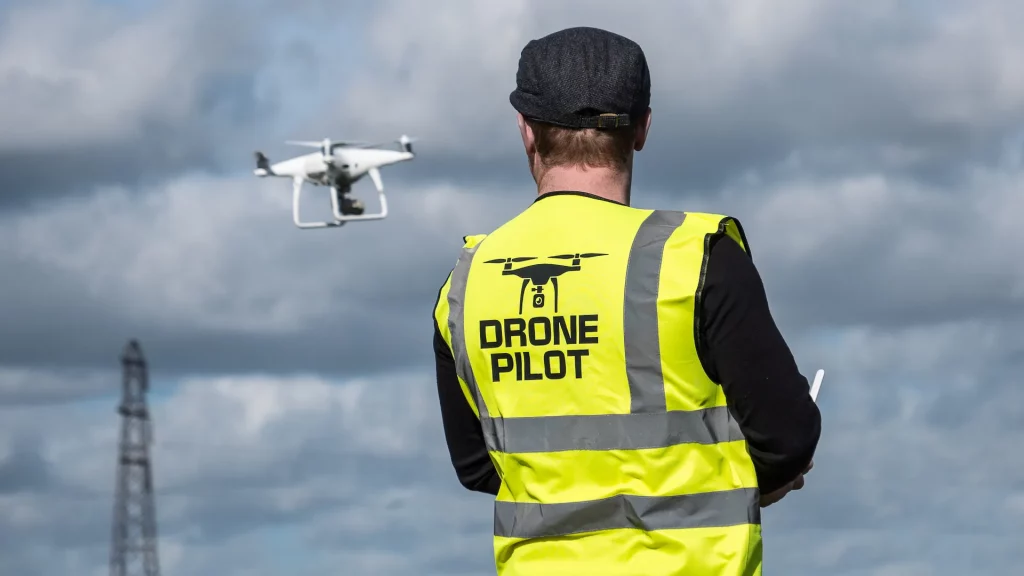
If your drone weighs more than 0.55 pounds (249 gm) which is mostly the average weight of all drones. In that case, you’ll need to Register with an FAA for an identification number or registration number and label your drone. It will incur a nominal cost of $5.
After receiving the FAA identification number, you’ll need to be placed on the aircraft’s exterior (Not Inside it).
Some drones weigh under 250 grams. Hence, they are exempted from FAA Registration.
- DJI Mavic Mini
- DJI Mini 2
- Autel EVO Drones
Drone Usage: Fun or Money
It is important to determine how you’ll be using the drone. If you’re planning to have fun or share videos and images with friends (no YouTube included), you can easily set up the register and get tested in less than an hour. It only needs you to pay a modest registration fee and pass a basic knowledge test.
But if you are planning for Commercial or making money with your Drone (UAV), you need to pass a more complicated Part 107 certification exam. After receiving the 107 certifications, you’ll be able to use your drone for commercial use, capture photos and video to sell them, work on film productions, grab aerial imagery at weddings or for real estate, and many more.
Certification Requirements
The Procedure to get Recreational UAS Safety Test (TRUST) Certification is required by the FAA. (Take this exam only if your sole purpose is to have fun with a drone)
- Free online training
- Instant certificate of completion…..Start Program
If you are planning to fly a drone for commercial purposes in the U.S., you must obtain a Remote Pilot Certificate (drone pilot license) from the FAA (Part 107)
1. You must be at least 16 years old.
2. You must be able to read, speak, write, and understand English (exceptions may be made if the person is unable to meet one of these requirements for a medical reason, such as hearing impairment).
3. You must be in a physical and mental condition to safely operate a small UAS.
4. You must pass an Aeronautical Knowledge Test—also known as the Part 107 test—at an FAA-approved knowledge testing center.
5. It would be best if you underwent Transportation Safety Administration (TSA) security screening.
When you first get your FAA drone license don’t forget to get Safety jacket and Drone Pilot cap.
Basic Rule of Flying Drone
These Rules by FAA listed below only applies if you’re flying solely for fun.
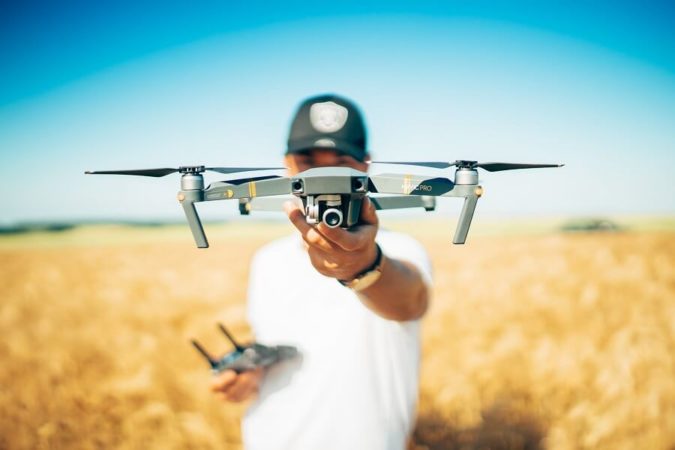
1. Register Your Drone if it weighs more than 0.55 pounds (249 gm) and label the given FAA identification no on it.
2. Take UAS Safety Test (TRUST) Certification Exam and Carry a copy of your completion certificate with your drone.
3. Do not let your drone out of your sight.
4. Don’t fly in a Restricted area.
5. Follow the safety guidelines set by the FAA or a “community-based organization.”
6. You must fly in Class G airspace. If you need to fly in Class B, C, D, or E controlled airspace, you need to apply for an airspace authorization.
Don’t Fly a drone in these Circumstances
- Do not fly over 400 feet above ground level.
- Do not fly in restricted airspace
- Do not fly near airports
- Do not fly near aircraft with an actual pilot.
- Do not fly near the hospital.
- Do not fly over groups of people
- Do not fly over stadiums or sporting events
- Do not fly near emergency response.
- Do not fly under the influence
- Also, check Drone Laws in California
B4UFLY Mobile App
Users who simply use their drone for recreational purposes can download– B4UFLY app– from App store or Google Play Store, to learn where they can and cannot fly with interactive maps across the United States.
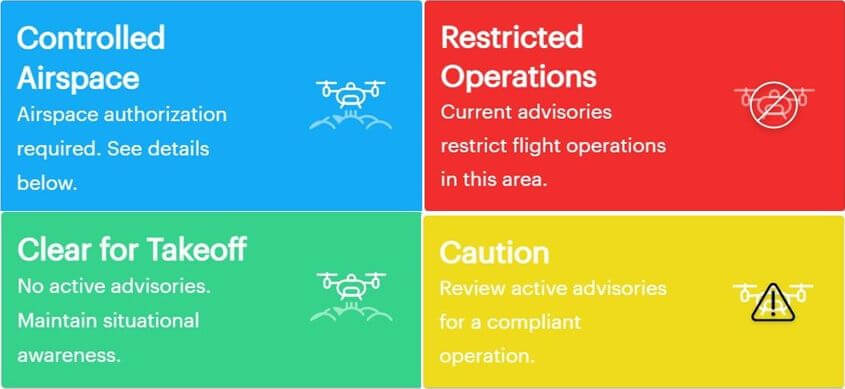
- Restricted Operation – It simply means that these areas were classified as “no drone” zones after 2014, and flying here means stiff fines and penalties.
- Clear to Takeoff – As the name suggests, there is no restriction whatsoever, and you are free to fly a drone.
- Caution – It means an advisory has been given to fly a drone in these areas. You need to follow those advisory and guidelines. These advisory includes Low-Level altitude.
- Controlled Airspace – It means an Airspace Authorization is required to fly a drone, and the drone will be restricted to Low-Level altitude. These areas come near the Airports and have Auto approval available up to 50 ft up to 400 ft. Without the Authorization you could face legal trouble by FAA.
Here’s a brief FAQ on basic and technical questions about how to legally fly drones in the USA.
How high can you fly a drone?
According to Section 107.51, drones can fly above 400 feet if they fly within a structure’s vicinity. There is a misconception about the 107.51 is that you can apply it in any airspace, which is not true.
In Class B, C, D, or E2, you cannot fly 400 feet over structures. You also have to stay out of controlled airspace that requires authorization, such as class B, C, or D. You could be fined or face jail time.
Do drones show up on radar?
Yes, Instantly by high-resolution radars designed explicitly for drone detection and tracking. The Reflected signals by Drones are analyzed and compared to a database for drone characterization or ID.
Advanced technologies like Machine Learning and AI can further improve the radar detection of drones and decrease the number of false positives.
Radar is also capable of providing real-time tracking details by providing the GPS location of the drone detected.
Can I fly a drone in my neighborhood?
In most states, drones can legally fly in the neighborhood over someone’s private properties but, unless it’s not Trespassing. As far as the drone is above the Flight level given by the FAA and not involve in Trespassing, there is no problem.
If a drone that flies substantially below the flight level and that does so without FAA approval is ripe for a lawsuit.
What to do if a drone is spying on you?
How to stop drones from flying over your house?: First of all, contact your neighbors by phone or Knock on the neighbor’s door. Ask politely to please refrain from flying the drone over your property, and the surrounding space is your private property. It’s possible that your neighbor did not realize that his drone was annoying or disturbing you.
If it still does not help you, then you can file a legal case for trespass. In Queensland, Australia, it’s a Criminal offense to record someone without their consent with a drone. You can learn more about Drone and Trespass Rights here that can help you to file the Lawsuit.
Can the FAA track your drone?
Yes, somehow they know, a Similar incident happened with Chris and Sara where they were flying their drone, and the next day, they got a warning Email from FAA.
Note: The Video is from February 2021, and from the time, many FAA rules have been changed.
Can you fly a drone at night?
Yes, both commercial and recreational pilots may operate UAVs at night, though the rules are different for each. According to FAA regulations, the aircraft must be equipped with functioning anti-collision lighting visible for at least three statute miles. We recommend you to go for Lume Cube Drone Strobe or else ULANZI Strobe Drone Light.
You need to adhere these FAA Regulations and Laws for flying a drone in the USA. If you have any other questions related to the FAA or drone, let us know in the comments below!
Frequently asked questions
How many Drones does the U.S. Have?
The FAA had registered over 850,000 drones in the United States as of August 2021. According to Philly By Air, over 500,000 of them are registered for recreational use, implying that a lot of people are now having fun flying their Drones.
Can you bring a Drone on a Plane?
Drones are permitted on planes as long as you adhere to your airline’s drone policy and restrictions. Check the laws governing the use of drones in the country you are visiting before you travel there. Small drones like DJI Mavic series can easily be carried on an aircraft as a carry-on. You can also check DJI official travel drone tips.

